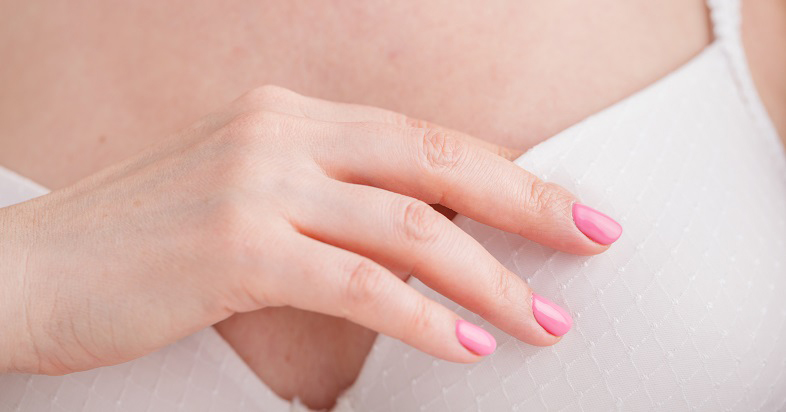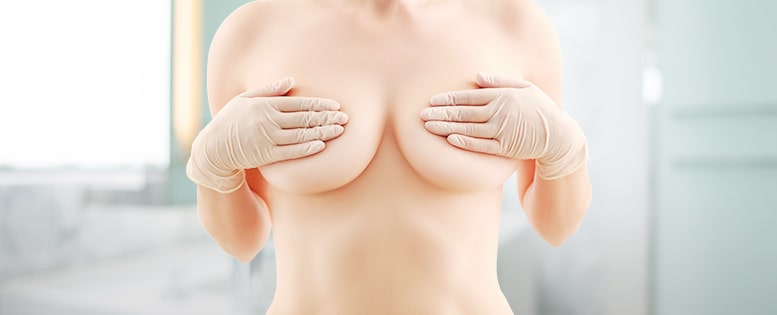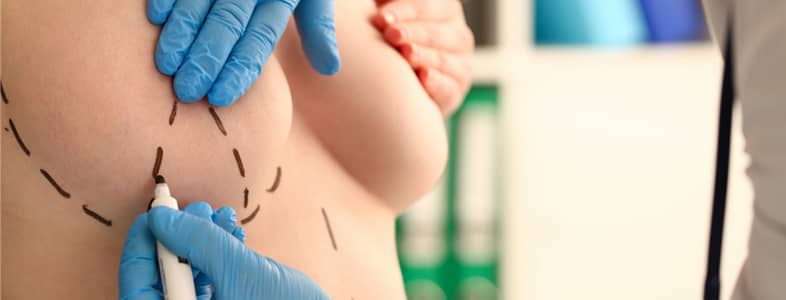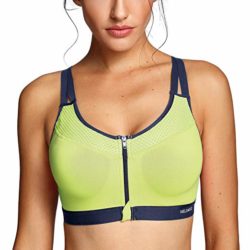
Nipple numbness results when the nerves are stretched or bruised. Unfortunately, numbness that lasts longer than 18 months to 2 years is typically permanent, though the chances of this permanent loss of sensation after the placement of breast implants are quite low.

Interested in Breast Augmentation?
Dr. Vincent Marin has performed over a thousand successful surgeries from the routine to the most complex revision cases or significant asymmetry throughout his career.
Learn More About Breast Augmentation in San Diego
Some methods of breast reduction and breast lift carry an increased risk, particularly if the patient is older, smokes or uses tobacco, or has a chronic condition that affects their circulation and healing, such as diabetes or heart disease.
Conversely, breast augmentation patients may also experience hypersensitivity in the nipples and areolas. This should also subside in the months following surgery.
It is important to express any concerns you may have regarding these risk factors at your initial consultation so that plastic surgeons can address them immediately.
Prevention of Numbness
Women who are seeking to have their breasts enlarged with either saline or silicone gel implants must be mindful of choosing a size and shape that is appropriate for their body type. Petite women who decide on larger breast implants run a greater risk of numbness due to stretching.
Women who undergo the areolar breast augmentation technique are also at a greater risk of losing nipple sensation.

Areolar Breast Augmentation Technique
Dr. Marin thoroughly discussed the pros and cons of the areolar breast augmentation technique and the recovery process.
Read the Article Here >
Women who have already birthed and breastfed children may be at a decreased risk of nipple numbness because their breasts have already stretched a bit.
Prevention also includes smoking cessation. Nicotine constricts blood vessels and decreases the circulation necessary for healing the area and regaining sensation. Smokers should quit for at least three or four weeks before and after their breast augmentation. Candidates who chew tobacco or smoke marijuana should also cease use to improve circulation.
Treatment
The nerves that supply the nipple and areola are too small to be repaired surgically.
Patients who experience numbness should do what they can to minimize swelling. This may include icing and using compression garments.

Dr. Marin’s Recommended Clothes After Breast Augmentation?
Know what post-breast augmentation clothes and bra Dr. Marin usually recommend to his patients to ease their discomfort during the recovery period.
Read the article here >
After three or four weeks, you may begin to ease back into a workout routine. Stretches and exercises that utilize the pectoralis muscles may be beneficial. These include swimming, lifting light weights, and yoga. Use caution; overdoing the exercises could have a detrimental effect on healing. Strenuous exercise could worsen bruising and swelling and impede healing.
Light massage could help. Again, it is important to be delicate. Squeezing too hard could cause further bruising of the breast tissues and rupture of the implant.
There is some evidence that B vitamins are useful in repairing nerve damage. Be sure to include them in your diet through food sources as well as supplements.
The regaining sensation can be painful. Some patients describe a tingling or burning sensation.
*The content in this blog is developed to spread the awareness towards plastic surgery. Our blog is not intended to serve as a replacement for an actual in-office consultation with Dr. Marin. As such, the information within this blog reflects the unique cases of our individual patients.
Comments are closed here.